Astrophytum star cactus, commonly known as the star cactus, is a captivating member of the Cactaceae family, celebrated for its unique symmetrical shape and striking appearance. This petite succulent, indigenous to arid regions of Mexico, enthralls horticulturists and casual gardeners alike with its mesmerizing star-like form and intricate patterns. In this comprehensive guide, we delve into the characteristics of the star cactus, best cultivation practices, and insider tips to ensure your plant thrives.
Understanding the Star Cactus: A Botanical Marvel
The star cactus is categorized under the genus Astrophytum, which derives from the Greek terms ‘aster’ (star) and ‘phyton’ (plant). This designation aptly captures the plant’s most iconic feature—its starry silhouette. Typically, the star cactus features a globular body adorned with distinct ribs, often numbering between five and eight, which add to its visual appeal. The ribs can be lined with small, white, fuzzy areoles that may produce tiny spines or flowers.
One of the hallmarks of the star cactus is its remarkable ability to develop beautiful blossoms. These trumpet-shaped flowers bloom in vibrant hues of yellow, orange, or red, often emerging during the spring and summer months. The buds contrast exquisitely with the plant’s green or gray-green body, further enhancing its ornamental value.
Optimal Growing Conditions: Crafting the Perfect Home
When cultivating astroptytum star cacti, it’s imperative to recreate their native habitat as closely as possible. These cacti flourish in conditions that resemble their dry, warm Mexican environment, requiring careful attention to temperature, light, and soil composition.
Light Requirements
Optimal light exposure is crucial for the star cactus to develop healthily. These plants prefer full sun to partial shade. Ensure that they receive at least six hours of bright, indirect sunlight daily. In regions with intense sunlight, providing some afternoon shade can prevent sunburn and promote vibrant growth.
Temperature Preferences
The star cactus thrives in warm temperatures, ideally between 70°F and 100°F (21°C to 38°C) during the day. However, they can tolerate brief dips in temperature down to 40°F (4°C). It is essential to protect them from frost, as exposure to freezing temperatures can be detrimental to their health. During winter months, a temperature range of 50°F to 60°F (10°C to 15°C) is advantageous as they enter a dormant phase.
Soil Composition: The Foundation for Success
Well-draining soil is non-negotiable for the star cactus. A commercial cactus mix often suffices, but combining equal parts potting soil, perlite, and coarse sand can enhance drainage while ensuring adequate nutrients. Overly compacted or moisture-retaining soils can lead to root rot; therefore, a loose, airy mix is paramount.
Watering Wisdom: Striking the Balance
Watering is one of the most crucial aspects of star cactus care. Unlike many houseplants, these succulents require a unique approach to hydration. Overwatering can spell disaster, while underwatering can stunt growth.
The Watering Regimen
During the growing season, typically from spring to early fall, water the star cactus thoroughly, allowing the top inch of soil to dry out between watering sessions. This approach encourages deep root development. Use room temperature water to avoid shocking the plant, and ensure that any excess water drains out from the pot’s base.
In the dormant winter months, drastically reduce watering frequency. Water sparingly—just enough to keep the soil slightly moist without becoming soggy. Under-watering during this period is preferable to over-watering, as the cactus is not actively growing.
Fertilization Techniques: Nourishing Your Star Cactus
Though star cacti are low-maintenance and do not require excessive fertilization, providing nutrients can promote growth and flowering. A balanced, water-soluble fertilizer diluted to half strength can be applied during the growing season every four to six weeks.
Choose a fertilizer with a lower nitrogen content, as excessive nitrogen can hinder flowering and encourage weak, leggy growth. Instead, opt for formulations higher in phosphorus and potassium to promote robust blooms and overall vitality.
Common Pests and Diseases: Guarding Your Plant
Pest Management
For minor infestations, a cotton swab dipped in rubbing alcohol can effectively eliminate mealybugs. For spider mites, showering the plant with water can dislodge them. In severe cases, insecticidal soap may be necessary. Ensure the plant is sheltered from harsh chemicals to prevent damage.
Identifying Diseases
Root rot is one of the most common ailments that can affect star cacti, particularly when overwatered. Signs include mushy stems and a foul smell emanating from the soil. If detected early, you can remedy the situation by repotting the cactus into fresh, dry soil and adjusting your watering practices. Fungal infections can also occur, leading to brown spots or patches on the plant’s surface. This often occurs with insufficient airflow around the plant.
Propagation Tips: Expanding Your Cactus Collection
Propagation of the star cactus can be accomplished through seeds or offsets. While growing from seed provides a rewarding challenge for enthusiasts, offsets, or ‘pups’, offer a more accessible avenue for propagation.
Seed Propagation
To propagate from seed, begin by sourcing high-quality seeds. Use a well-draining seed-starting mix and sow the seeds shallowly. Maintain high humidity and warmth until germination, which may take several weeks. Once seedlings are large enough to handle, transplant them into individual pots.
Offset Propagation
If your star cactus produces offsets, carefully separate the pups from the parent plant during the growing season. Ensure that both the parent and offsets have healthy roots. Allow the wounds to callous over for a few days before potting the pups in suitable cactus soil. Water sparingly until they establish themselves in their new pots.
Conclusion: The Allure of the Star Cactus
The Astrophytum star cactus captivates enthusiasts with its aesthetic beauty and intriguing growth habits. Whether you are a seasoned cactus collector or a novice gardener, understanding the unique requirements and characteristics of this enchanting plant can elevate your gardening experience. From optimizing growth conditions to battling pests, care for your star cactus requires a blend of diligence and appreciation for the fascinating world of succulent cultivation. With the pragmatic knowledge contained in this guide, your star cactus will undoubtedly flourish, bringing a touch of the extraordinary into your home or garden.
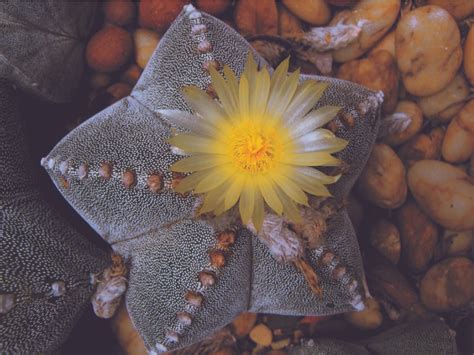
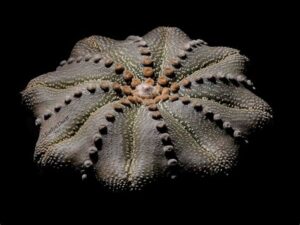
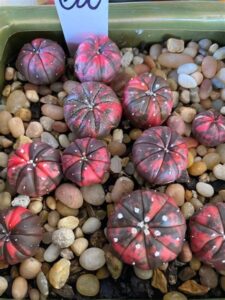
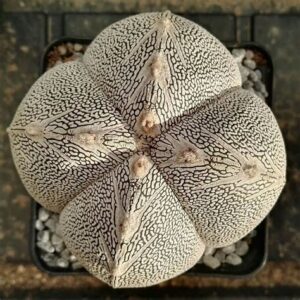
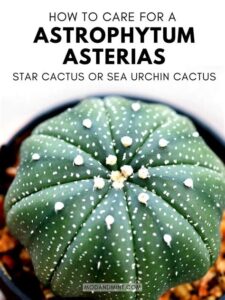
Leave a Comment